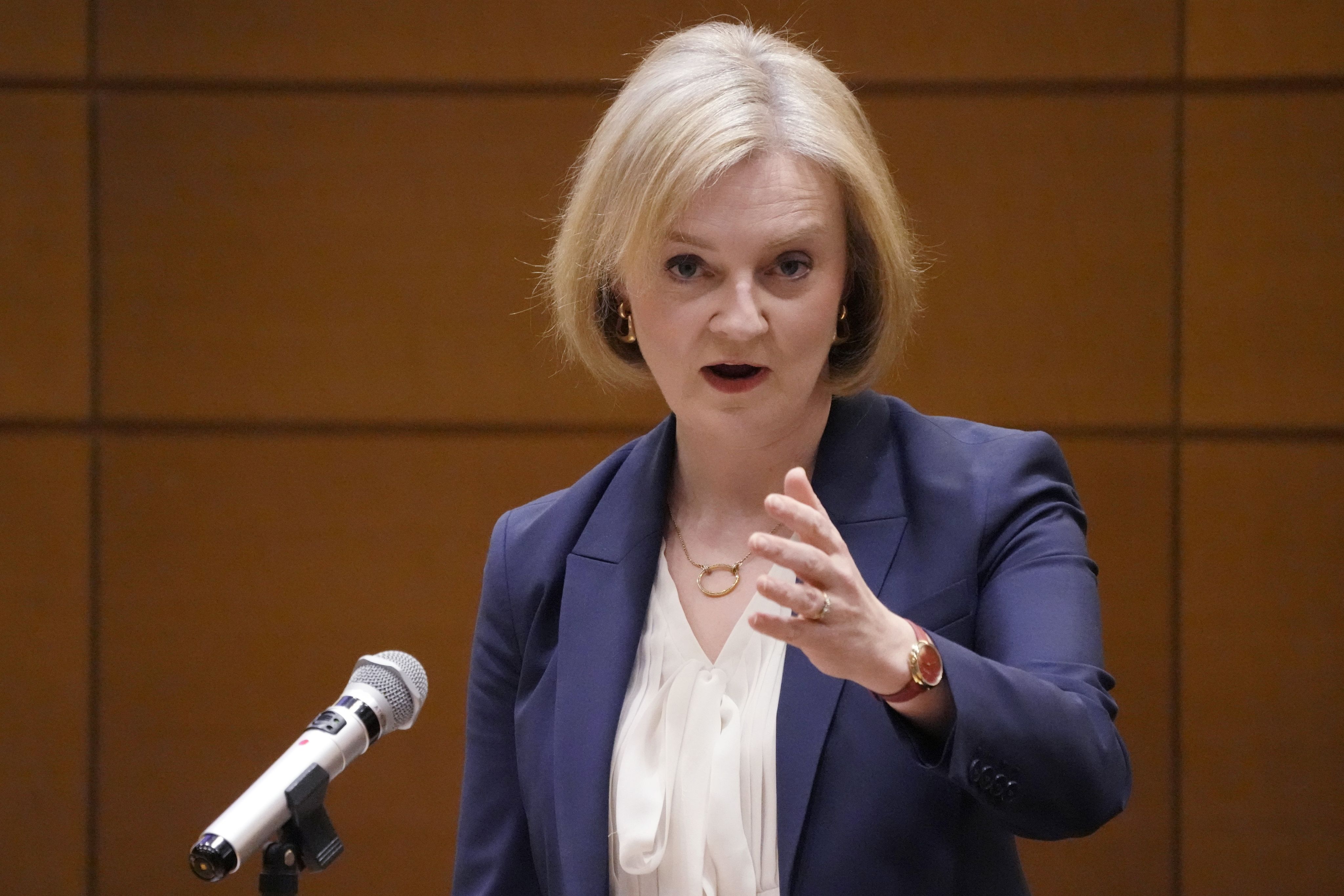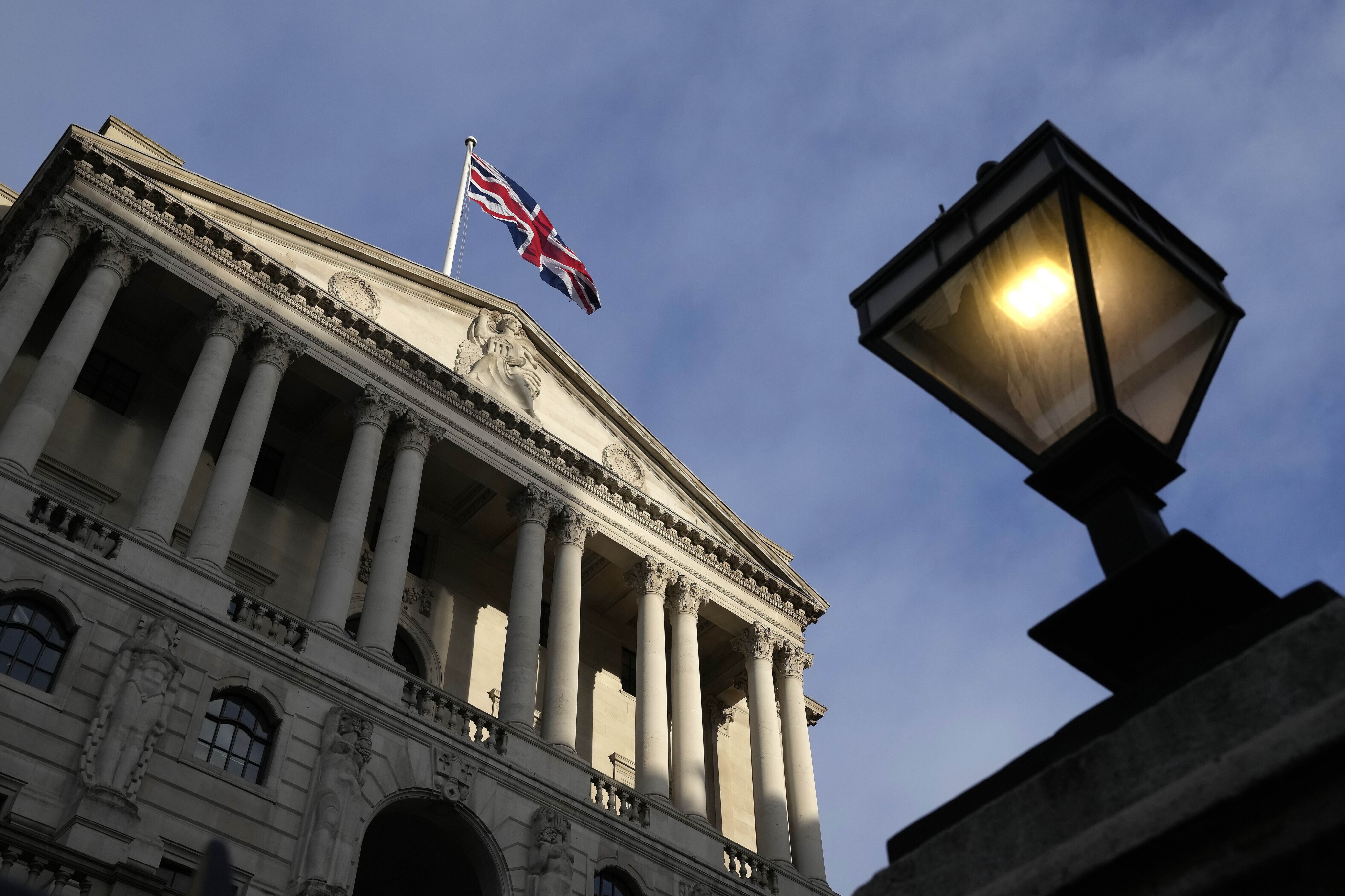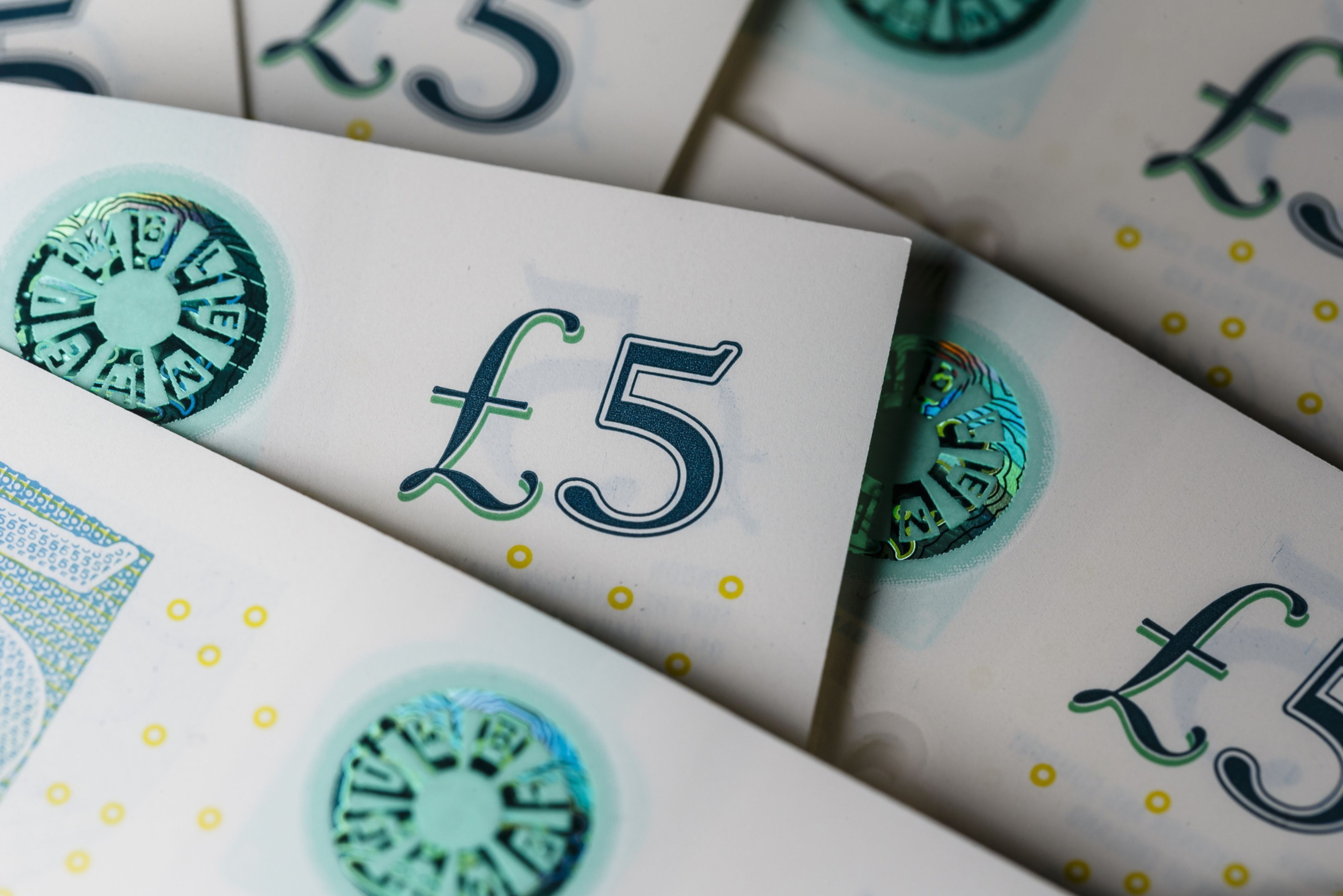Investing in fixed income


Over the past few months UK bonds have made an important comeback.
Both sovereign and corporate bond yields are now of interest for the first time in almost a decade as investors start looking more closely at fixed income again.
While bonds are presenting opportunities to investors again, it is still not without its challenges; ranging from quantitative tightening from the Bank of England, to potentially stickier inflation due to supply-side issues.
This report is worth 30 minutes of CPD.
Short-duration bonds most popular with financial advisers
Short-duration bonds are the most popular type of fixed income asset among financial advisers, according to the latest FTAdviser poll for Talking Point.
When asked "which fixed income assets are you more likely to increase your allocation to over the next six to 12 months?" more than a quarter (26.2 per cent) of advisers said short-duration bonds.
The second most popular of the fixed income assets was strategic bond funds with 23.8 per cent of advisers looking to increase their allocation in this type of bond.
The least popular were investment-grade bonds and emerging market debt ( both 9.5 per cent).
Philip Dragoumis, director and owner at Thera Wealth Management, says the firm's approach to fixed income depended on the client, their investment term, objectives and their risk tolerance.
He adds: "We believe in duration matching, so clients who are happy with some volatility and are investing long-term in their pensions can be certain of the yields they can achieve and that returns can at least match or beat inflation.
"Gilts with 10 years' duration and global inflation-linked bonds help guarantee these returns even though short term as last year has shown the ride can be bumpy. They also protect our portfolios through recessions.
"For risk-averse clients, short-term bonds below five years are best, but they do have reinvestment risk as interest rates fall. We don't believe in high yield or EM debt. If the correlations are high with equities why not just take equity risk instead, since there is no cap to the upside?"
In a recent study by Nataxis, the investment manager found that while professional fund selectors see inflation as a key portfolio risk, they also see a potential opportunity in the interest rate hikes that come with it.
Three-quarters said that rising interest rates will usher in a resurgence in traditional fixed income, with 51 per cent saying they will increase investments in government bonds, and another 46 per cent reporting they will increase allocations to investment-grade corporates.
Ima Jackson-Obot is deputy features editor at FTAdviser

What could 2023 hold for fixed income?
With 2022 having marked the start of rising interest rates, bond prices also fell accordingly.
But amid predictions that interest rates are nearing their peak – the market-implied path for the Bank of England base rate, for example, peaks at around 4.5 per cent in Q3 2023 – what could 2023 hold for fixed income?
The outlook for corporate bonds
“Large inflows into the asset class since the beginning of the year suggest corporate bonds are back in favour,” says Abrdn investment director, Thomas Leys. “This comes after many years of insipid yields driven by unprecedented central bank monetary easing globally.”
Indeed, fixed income funds saw their second highest inflow on record in January, according to Calastone’s fund flow index.
Record negative returns for the asset class last year also created an enticing entry point for investors, says Leys.
“An unexpected acceleration in inflation remains the risk to watch out for, as the market looks increasingly confident that central banks can tame inflation, and avoid overly slowing the economy at the same time,” he adds.
Matthew Rees, head of global bond strategies at LGIM, agrees that corporate bonds have already become more attractive to investors. He likewise cites a significant change in fixed income flows over the past few months, with the yield on offer being a principal driver.
Yields for UK investment grade, for example, are at around 5.25 per cent, says Rees, marking a return to the levels seen in 2012.
The outlook for UK government bonds
In January the BoE announced it had completed sales of its portfolio of UK government bonds, after purchasing £19.3bn of gilts on what it referred to as financial stability grounds following the “mini”-Budget in September.
“Gilts have managed to recoup all of the losses they suffered relative to their global peers during the short-lived Truss-Kwarteng era, or in other words have erased what came to be known in bond markets as the ‘moron premium’,” says Abrdn investment director, Aaron Rock.
Between mid-October and mid-January, the value of UK bonds rose by 14.5 per cent after hitting a bottom following the “mini”-Budget, according to ADDX.
“Looking ahead, it is unlikely the current or next government will risk losing credibility with financial markets again,” says Rock. “So the risk of a repeat episode of fiscal delinquency should have largely diminished, providing a more stable outlook for gilts.”
But Rock also lists a number of challenges over the coming years that the gilt market, and the UK in general, still face:
- A significant uptick in issuance/funding requirements;
- Quantitative tightening from the BoE;
- Potentially stickier inflation due to supply side issues;
- A persistent current account deficit; and
- A projected low growth, low productivity environment.
“These factors are likely to limit the opportunity for strong capital gains on gilts arising from a rapid decline in yield levels; and instead the environment is potentially one where investor total returns are limited to harvesting the income/coupons on the debt,” says Rock.
“Although, given that five-year and 10-year benchmark nominal gilt yields are now close to 3.5 per cent, one may argue that relative to the outlook for other asset classes, this may not be quite so bad a proposition.”
Mike Riddell, head of macro unconstrained fixed income at Allianz Global Investors, agrees that the risk of investing in gilts has “unquestionably improved since the [“mini”-]Budget, now that the huge fiscal stimulus that caused the market panic is no longer happening.” But the potential return from investing in gilts has also fallen, he notes.
“For example, 30-year gilt yields touched 5 per cent at the end of September, but are now at 3.8 per cent.
“We think some gilts still offer decent value; the BoE expects inflation to fall below target next year, and we think they’re right.
“We expect recession this year too, which means there’s a good chance of a series of rate cuts starting at the end of this year that simply aren’t priced in. Markets currently imply that the BoE base rate will never again fall below 3 per cent.
“However, we are a bit wary of gilts beyond about 10 years, where there is still a lot of supply coming, and we can be confident that the BoE is not about to do quantitative easing and buy them all, unlike in previous recessions.”
Growth in labelled bonds
‘GSSSB’ issuance – that is, green, social, sustainable, and sustainability-linked bonds – totalled $854bn (£705bn) in 2022, according to S&P Global Ratings, which has forecast global GSSSB issuance to reach between $900bn and $1tn this year.
LGIM’s Rees agrees that ESG factors are playing a larger role when it comes to fixed income. “[In] the UK you have defined benefit pension schemes that now have a fiduciary duty to consider some ESG factors.
“And in Europe, there’s a very big take up of ESG from many institutional investors. For example, the ECB is tilting its corporate bond buying scheme to green bonds. So you can really see in Europe and the UK it is a big factor.”
Today’s externalities can be closely linked to tomorrow’s macroeconomic conditions.
M&G investment director Mario Eisenegger likewise refers to how monetary policy action drives fixed income valuations.
Eisenegger says: “With more central bankers acknowledging that climate change can cause significant disruption to price stability, how central banks incorporate climate change into monetary policy framework warrants close attention.
“While most major central banks in the developed world have embarked on their quantitative tightening mission this year to curb inflation, they remain the largest potential driver of fixed income flows.
“Hence, how central banks execute climate tilts as part of their corporate sector purchase programme or their collateral framework should be closely watched by bond investors in 2023 and beyond, as it will likely set a blueprint for the wider market.”
Labelled bonds have experienced significant growth in recent years, and are now a relatively well-established market.
And with December’s COP15 conference culminating in an agreement on biodiversity, Andre Severino, global head of fixed income at Nikko Asset Management, expects nature and biodiversity to become more important among issuers this year.
“As of now, most green bond issuance has been towards building the infrastructure needed to help mitigate and adapt effects of climate change,” says Severino. “More can be done among issuers in trying to address nature and biodiversity loss.”
Indeed, understanding how an issuer is managing ESG risks and opportunities is a crucial factor, especially when investing in longer-term debt, says Simon Blundell, head of the fundamental sterling team within BlackRock’s global fixed income group.
“Today’s externalities can be closely linked to tomorrow’s macroeconomic conditions, and therefore a greater understanding of their relationships can likely lead to better risk-adjusted returns in the long run.”
A lot of people think you can’t incorporate ESG into fixed income; I strongly believe you can.
So how can investors use fixed income to incorporate ESG factors into their portfolios?
Dave Winckler, senior investment analyst at Kingswood, cites labelled bonds and ESG screens. “Labelled bonds such as green, blue, social, sustainable, sustainability-linked and transition bonds have experienced significant growth in recent years, and are now a relatively well-established market.”
Labelled volumes in 2022
|
Type of bond issuance |
Volume in 2022 |
|---|---|
|
Green |
$487.1bn |
|
Social |
$130.2bn |
|
Sustainability |
$166.4bn |
|
Sustainability-linked |
$76.3bn |
|
Transition |
$3.5bn |
|
Source: Climate Bonds Initiative |
|
“A lot of people think you can’t incorporate ESG into fixed income; I strongly believe you can,” says Rees at LGIM.
“People think you can only do it in equity; it’s exactly the same in fixed income. You choose what ESG factors are important to your clients, your clients will tell you that, and then you can tilt the portfolio that way.
“The key bit is that within fixed income, just as within a pure equity portfolio, you can engage with companies to get them to change behaviour. That’s what you can do in any portfolio; it doesn’t just have to be equities.”
Rees gives the example of net-zero funds that target a lower-than-benchmark weighted average carbon intensity, as well as funds that are run according to the UN’s sustainable development goals.
Fixed income’s ability to invest in private companies, governments and other unlisted entities gives it the potential to influence and finance parts of the market that equities cannot.
Arif Saad, head of UK investment strategy at Kempen Capital Management, highlights how the SDG framework enables investors to think beyond climate-related factors.
“The reason why climate has had such a focus is because it’s been the easiest to measure.
“Where you’ve got other things like [the Modern] Slavery Act or water, where the concepts are more high-level, the industry has found it more difficult to grapple with how we’re going to show that we’re making progress on this.”
So besides climate-related investments, Rathbones head of fixed income Bryn Jones cites community bonds, broadband for rural areas and affordable homes.
“However, the true impactful ideas tend to be quite small,” Jones adds. “The sustainable deals can be bigger, so I think it’s a combination of having high impact in some smaller deals but also going out and trying to find well-run businesses.”
What’s more, and as Abrdn’s Leys says, the ability to invest in private companies, governments and other unlisted entities gives fixed income investors the potential to influence and finance parts of the market that equities cannot.
Chloe Cheung is a senior features writer at FTAdviser

"Gilts have managed to recoup the losses they suffered... during the short-lived Truss-Kwarteng era." (Eugene Hoshiko/Pexels)
"Gilts have managed to recoup the losses they suffered... during the short-lived Truss-Kwarteng era." (Eugene Hoshiko/Pexels)

"Markets currently imply that the BoE base rate will never again fall below 3 per cent." (Frank Augstein/Fotoware)
"Markets currently imply that the BoE base rate will never again fall below 3 per cent." (Frank Augstein/Fotoware)

COP15, the two-week UN biodiversity summit in Montreal, Quebec, Canada December 6 2022. (Christinne Muschi/Reuters)
COP15, the two-week UN biodiversity summit in Montreal, Quebec, Canada December 6 2022. (Christinne Muschi/Reuters)

The SDG framework enables investors to think beyond climate-related factors. (Chris Ratcliffe/Bloomberg)
The SDG framework enables investors to think beyond climate-related factors. (Chris Ratcliffe/Bloomberg)
The 'rule of 72': how long could it take to double your money?
The rule of 72 is a rule-of-thumb to help you work out roughly how long it could take for your money to double.
The formula is the number of years = 72, divided by rate of interest/return.
This is only an approximation, but I think it is still useful as a quick and easy way to get a ball-park sense of things.
If cash rates had stayed at last year’s rock bottom rate of 0.1 per cent, savings left in cash would have taken approximately (72/0.1) 720 years to double.
On 4 per cent it would take roughly (72/4) 18 years.
These figures take no account of any additional savings that an individual might make, or the impact of inflation.
In the US, the Federal Reserve has raised the federal funds rate to 4.25 per cent to 4.5 per cent, while the Bank of England’s bank rate is 3.5 per cent.
The European Central Bank’s deposit rate is 2.0 per cent. Meanwhile, further rate hikes are expected in the months ahead.
For investors who are prepared to consider investments that are riskier but which also offer a higher expected return, the expected time to doubling shortens considerably.
Corporate bonds currently yield more than 5 per cent in the US and UK (and around 4 per cent in Europe). Riskier high-yield bonds and emerging market debt yield more than 8 per cent. Equities also typically offer appealing long term expected returns.
On a 7 per cent expected return the doubling time falls to a decade.
These are not forecasts, but the rule of 72 is a handy way to take a financial measure, like a rate of interest, and translate it into something which many people will find more tangible.
Duncan Lamont is head of strategic research at Schroders


